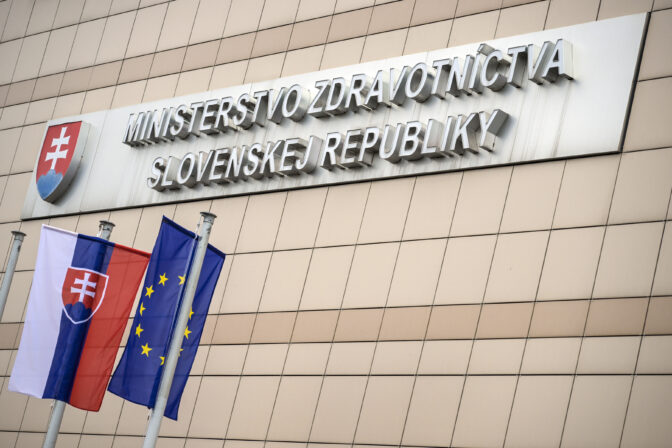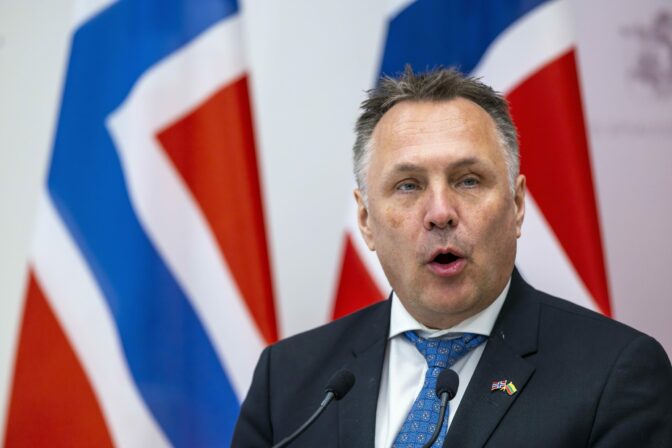BRATISLAVA, July 6, (WEBNOVINY) — Over four years, 130.4 kilometers of highways and dual carriageways should be opened for traffic in Slovakia, with 54.6 kilometers of highways and 75.8 kilometers of dual carriageways to be built. These figures are included in the Program of Continuing Preparation and Construction of Highways and Dual Carriageways for 2011 -2014 that the Cabinet approved on Wednesday, with comments. The material was submitted by Transport Minister Jan Figel (KDH). During the four-year period, construction 286.8 kilometers of roads should be launched, including 181.3 kilometers of highways and 105.5 kilometers of dual carriageways.
The core priority of the highway program is the construction of nine still not yet built stretches of the D1 highway covering 100 kilometers between Zilina and Presov. According to the original plan, they were to be built using private money acquired through two public-private partnership projects (PPP). Minister Figel, however, ended this arrangement due to disadvantageous financial conditions for the state and reassessed the entire plan. Further priorities include the construction of three sections of the R7 dual carriageway from Zilina to Skalite to the border with Poland and the Czech Republic, consisting of 39 kilometers. The situation with the most overloaded roads in proximity to Bratislava should be solved by three sections of the R7 dual carriageway, from Bratislava continuing around Dunajska Luzna to Zitny Ostrov (Rye Island) and then to Holice, at a length of 32 kilometers, and the northern bypass on the D4 Bratislava-Jarovce-Ivanka pri Dunaji 23 kilometers long.
Construction costs of highways and dual carriageways that are to be completed within four years have been estimated at EUR 2.120 billion, and construction costs of already launched construction is estimated at EUR 7.21 billion. Price competition among construction firms that will compete for the contracts, however, is expected to squeeze the estimated costs down. The ministry plans to finance the highway construction mainly from European structural funds and state coffers, and also from the loan extended by the European Investment Bank while PPP projects, for example, during construction of R7 and D4 should play only a supplementary role. Also, revenues from toll collection and sales of highway stamps will partly cover highway costs. Moreover, a plan is under consideration to finance highway construction via highway bonds in which pension fund management companies will be encouraged to invest.
SITA












